CRITICAL FACILITIES
As demand for data continues to surge with no end in sight, data centers are playing an increasingly critical role in enabling and scaling rapid change. The shape, location, and size of these facilities are adapting to handle greater volume and improve speed-to-market capabilities, while becoming more resilient to meet market demands to address climate change.
Databank - Georgia Tech Data Center, Atlanta
01
Hyperscale leads the charge.
Spurred by explosive demand for digital cloud services, Amazon, Microsoft, and Google now account for 50% of all investments in data centers across the globe, and they are rapidly expanding their footprints. For hyperscale data centers, the focus on simplification, scale acceleration, and infrastructure optimization will continue as speed-to-market is more important than ever.
02
Edge data centers are the next frontier.
Data center clients are marrying hyperscale cloud computing with edge computing, which locates more processing power closer to the end user. This is improving performance, reducing costs, and helping to fuel the growth of next-generation technologies and applications such as 5G and Internet of Things (IoT).
03
Net zero strategies will influence data center design.
The market is increasingly demanding a more sustainable approach to the creation and operation of data centers, which have a massive carbon footprint. This demand is leading many large data center clients to embrace low-impact materials, heat-waste recovery, and emerging technologies, such as liquid cooling and renewable energy.
04
Immersive cooling could reshape the industry.
In seeking new ways to decrease carbon impacts and make data centers more efficient, designers are beginning to look closer at immersion cooling, an approach that submerges servers in liquid to cool them. This technology has the potential to radically change the shape, location, and size of data centers.

By 2023, over 50% of new enterprise IT infrastructure deployed will be at the edge, rather than corporate data centers, up from less than 10% today.
—IDC
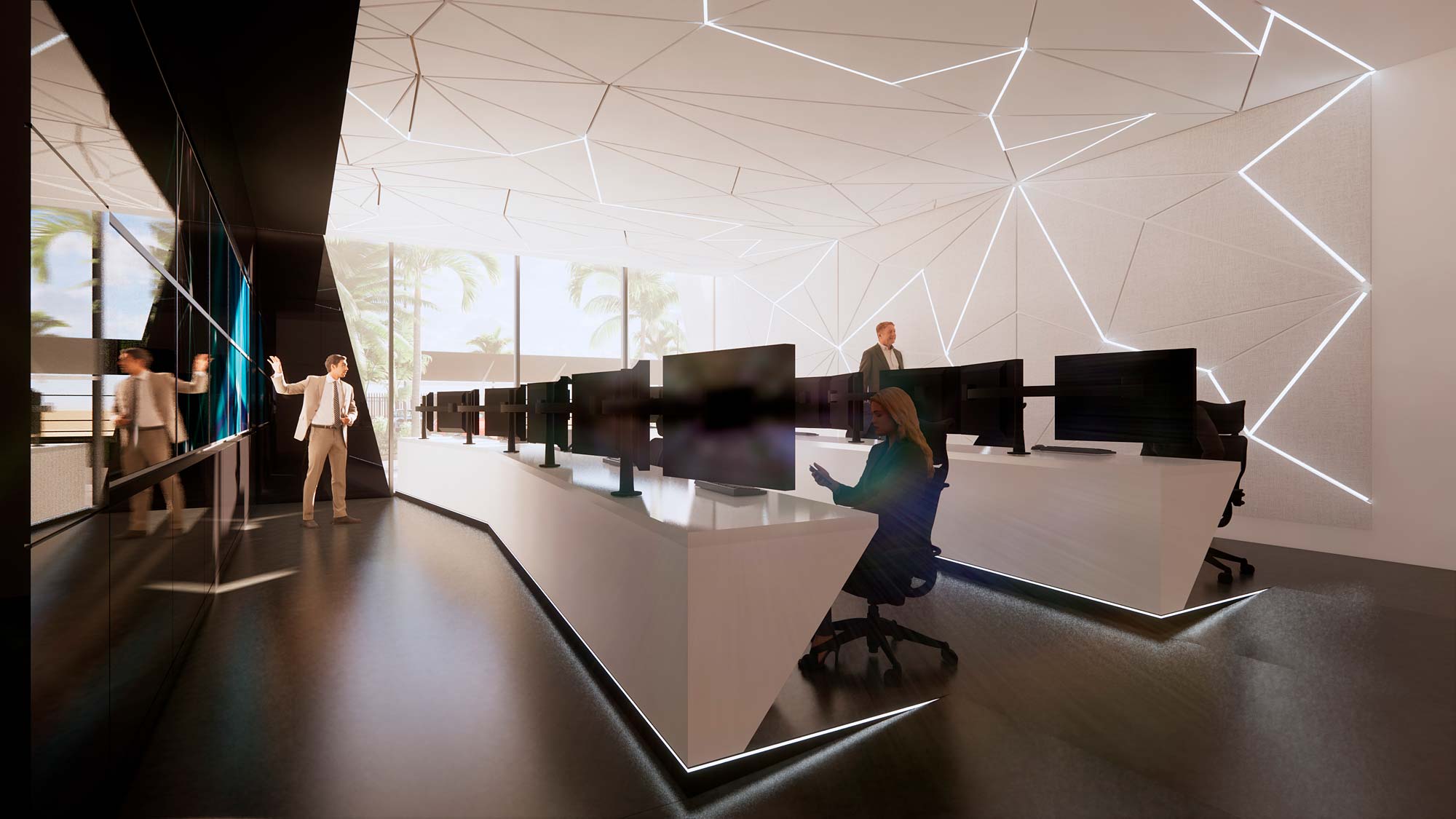
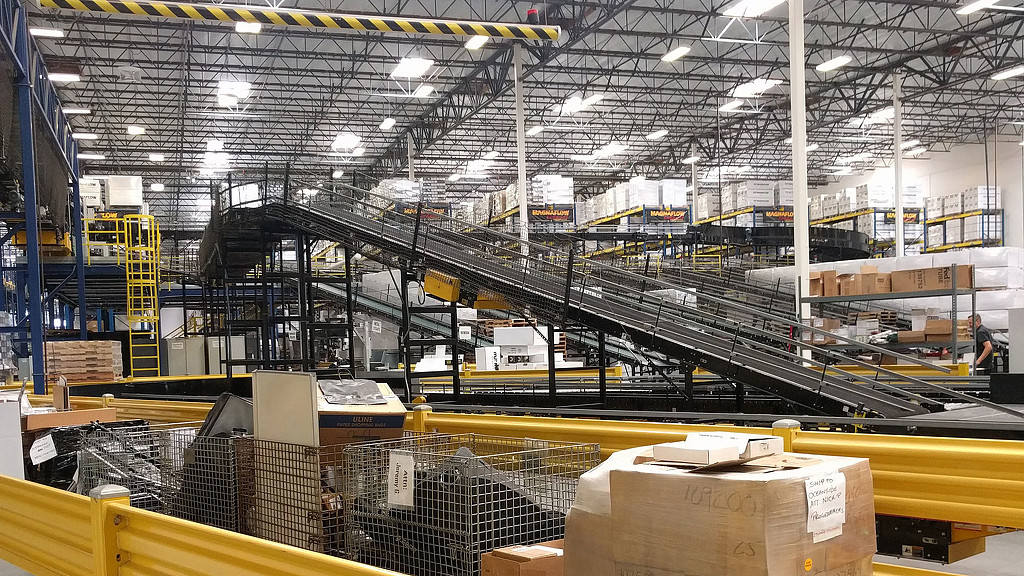
Distribution Center Design and Last-Mile Logistics
Here are five considerations for setting up a successful logistics center that will meet the challenges in last-mile delivery.

Closing the Digital Infrastructure Gap to Keep Cities Connected
Why has the gap between broadband infrastructure investment and access to connectivity persisted, and how can cities create information services pipelines to expand reach?

As Data Demand Surges, It’s Time to Invest in IT Infrastructure
The demand for data spurred by this health crisis has highlighted the need to invest in critical facilities infrastructure.
With no decrease in demand for data, as well as
increasing demand for colocation and hybrid cloud opportunities, the data center market is poised
for growth over the next several years.
—CRN

New York Power Authority (NYPA)
White Plains, New York
As part of their Strategic Plan, NYPA turned to Gensler to design their new Integrated Security Operations Center (iSOC), Innovation Zone, and Emergency...
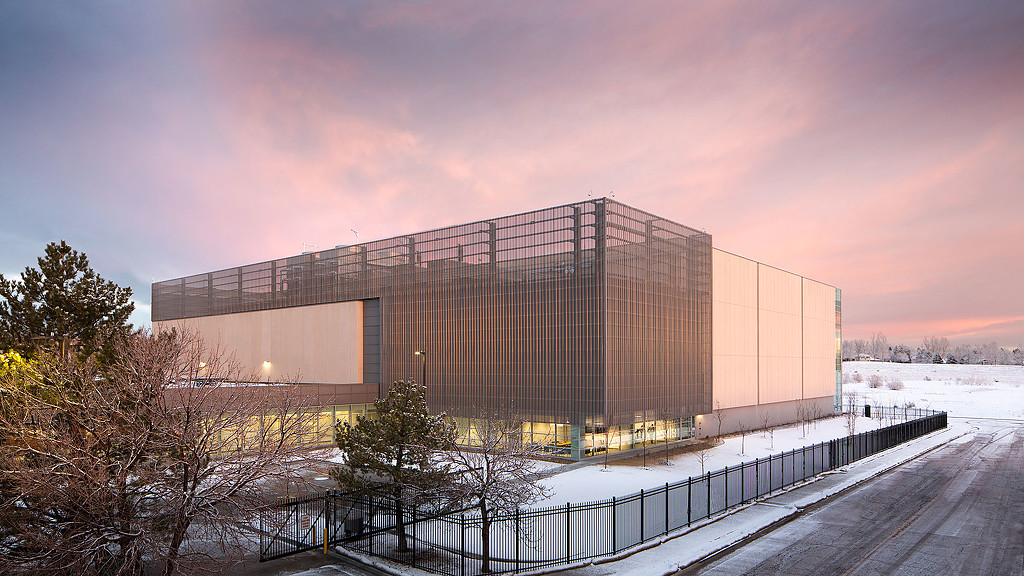
Charter Communications National Center West
Centennial, Colorado
As they looked to expand their National Center West facility near Denver, Colorado, then-owner Time Warner Cable turned to Gensler to lead the design, which...
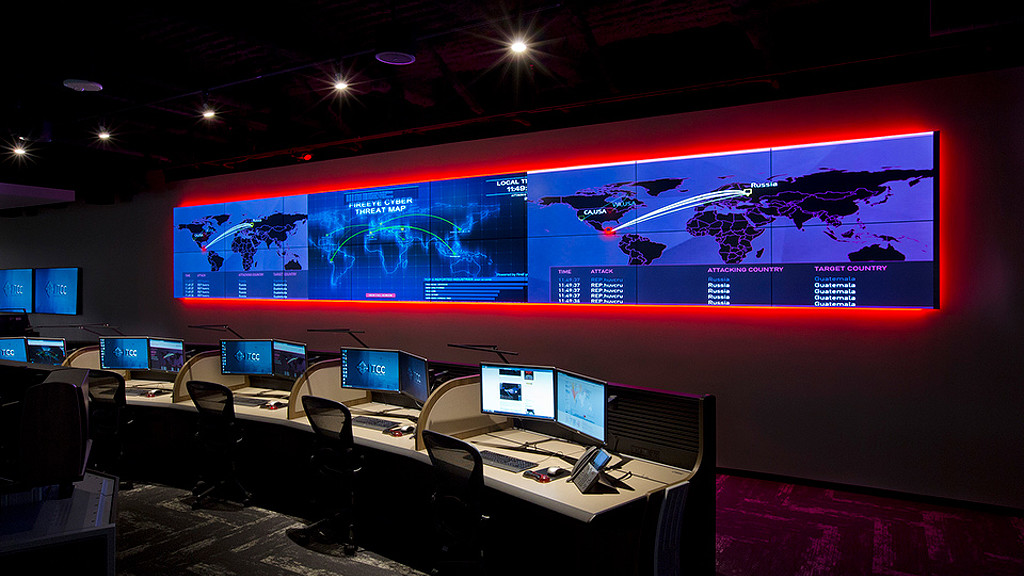
Memorial Hermann Hospital System Network Operations Center
Houston, Texas
Memorial Hermann’s Network Operations Center lets them monitor the attributes of network and IT operations as well as the status of mechanical, electrical...
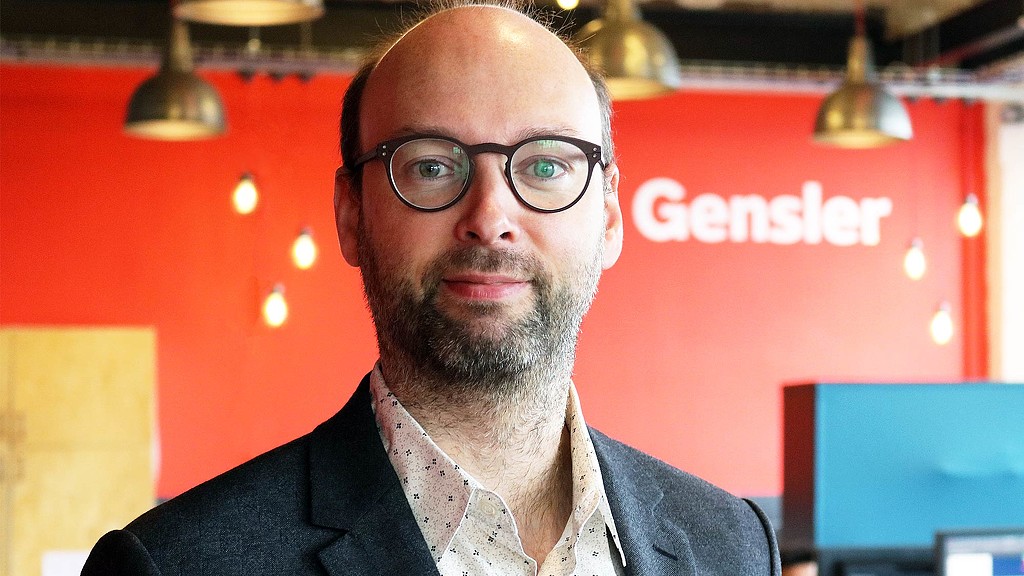
Joost Lansbergen
Critical Facilities Leader
Joost Lansbergen specializes in BIM and modern construction techniques as a leader of Gensler's Critical Facilities practice.
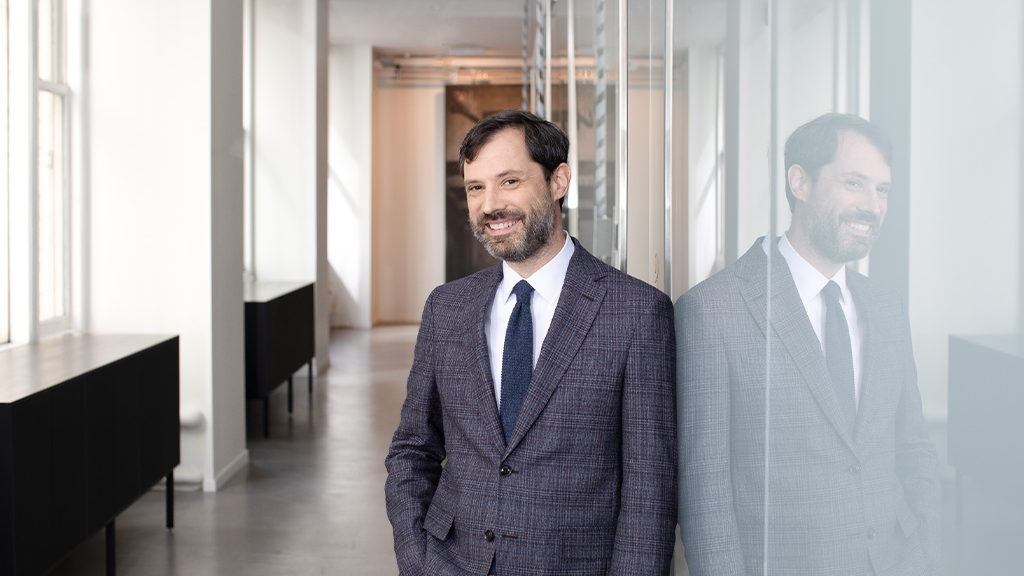
Jackson Metcalf
Critical Facilities Leader, Industrial & Logistics Leader, Principal
Jackson Metcalf is a global leader of Gensler’s Critical Facilities practice and an Industrial & Logistics Leader for the firm’s North Central region.
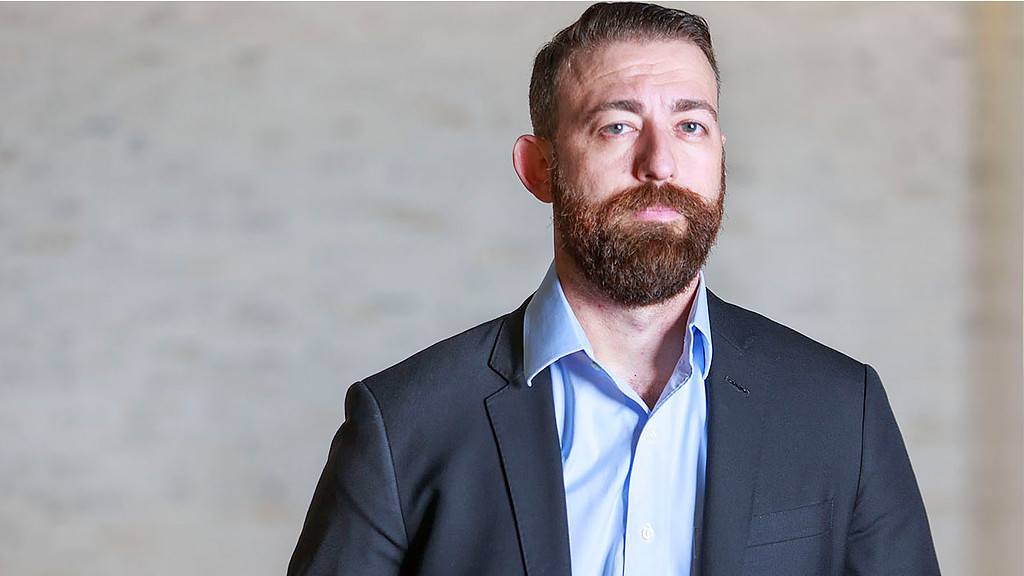
Josh Rosenthal
Studio Director
Josh Rosenthal is Studio Director in Gensler’s Houston office who specializes in the planning and management of complex technical projects that require particular consideration of security, process, and operational uptime.
